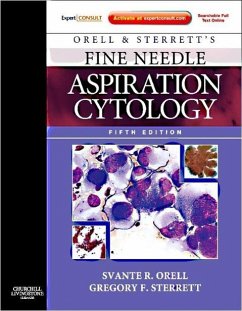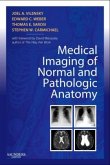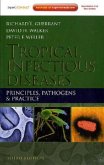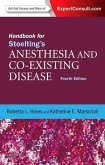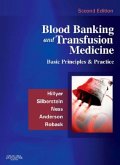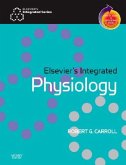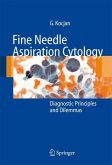A major revision of the leading textbook of FNA cytology Both text and illustrations provide a systematic and logical approach to the acquisition, interpretation and diagnosis of Fine Needle Aspirate biopsy specimens. Orell's FNA Cytology will assist in establishing diagnostic criteria and results in the examination of benign and malignant condition in all body systems where the technique is currently applied. The information is always presented in a clinical context: it details the role of FNA and other ancillary techniques in the investigative sequence (the cytological findings are always set in the context of the patient's clinical history, physical exam and other laboratory tests). It gives practical, technical advice on how to obtain good smears and alerts the reader as to possible diagnostic pitfalls and complications. The contents are organized in a framework of anatomical regions (rather than histopathological classifications) in order to reflect the way problems present in clinical practice. Each chapter is divided into two parts: the first deals with indications, accuracy, techniques and complications; the second illustrates the cytological patterns and their implication. Both common and rare conditions are covered
Orell & Sterrett's Fine Needle Aspiration Cytology 5e provides you with a logical and systematic approach to the acquisition, interpretation and diagnosis of FNA biopsy samples. It is an ideal resource for all those requiring an authoritative and systematic review of the cytological findings in those malignant and benign lesions likely to be the target of FNA. The book is lavishly illustrated with high quality colour images that demonstrate the cytological features as well as their relevant immunohistochemical and molecular findings. Organized into anatomical regions, each chapter is consistently organized into two parts: the first deals with clinical and technical aspects followed by a systematic presentation of cytological findings. This is your perfect practical bench resource for daily reference in the laboratory.
Provides practical tips and advice on how to avoid pitfalls and ensure accurate diagnoses.
Over 1,200 colour illustrations capture each entity'scellular, morphological and immunohistochemical appearance.
Chapters have been up-dated and revised and a brand new one on cytological findings in infectious diseases added.
Both MGG and Pap smears illustrated in parallel as well as the corresponding histology to help provide side-by-side analysis.
Access the full text online and download images via Expert Consult.
Brand new chapter on cytological findings in infectious diseases.
Inclusion of immuno-profiles and other relevant ancillary tests.
New illustrations.
New contributing authors.
Available online via Expert Consult.
Hinweis: Dieser Artikel kann nur an eine deutsche Lieferadresse ausgeliefert werden.
Orell & Sterrett's Fine Needle Aspiration Cytology 5e provides you with a logical and systematic approach to the acquisition, interpretation and diagnosis of FNA biopsy samples. It is an ideal resource for all those requiring an authoritative and systematic review of the cytological findings in those malignant and benign lesions likely to be the target of FNA. The book is lavishly illustrated with high quality colour images that demonstrate the cytological features as well as their relevant immunohistochemical and molecular findings. Organized into anatomical regions, each chapter is consistently organized into two parts: the first deals with clinical and technical aspects followed by a systematic presentation of cytological findings. This is your perfect practical bench resource for daily reference in the laboratory.
Provides practical tips and advice on how to avoid pitfalls and ensure accurate diagnoses.
Over 1,200 colour illustrations capture each entity'scellular, morphological and immunohistochemical appearance.
Chapters have been up-dated and revised and a brand new one on cytological findings in infectious diseases added.
Both MGG and Pap smears illustrated in parallel as well as the corresponding histology to help provide side-by-side analysis.
Access the full text online and download images via Expert Consult.
Brand new chapter on cytological findings in infectious diseases.
Inclusion of immuno-profiles and other relevant ancillary tests.
New illustrations.
New contributing authors.
Available online via Expert Consult.
Hinweis: Dieser Artikel kann nur an eine deutsche Lieferadresse ausgeliefert werden.
"This book is admirably suited for use as a quick reference, or to provide a thorough background in aspiration cytology."-Modern Pathology "This is a superb laboratory manual...provides clear cut criteria for diagnosis in each condition, well chosen illustrations and a careful analysis of problems...strongly recommended for all those who wish to improve their proficiency in this field."-Journal of Pathology "The major strengths of the book are the large number of images, both Papanicolaou stained and air dried Geimsa based stains, and its completeness, including specific chapters on pediatric, skin, splenic, and testicular aspiration just to name a few of the more uncommon topics it covers in depth. The authors have an enormous amount of experience between them, and they seem to have put that experience on the page. The book represents a terrific resource for aspiration cytologists." Advances in Anatomic Pathology Review
